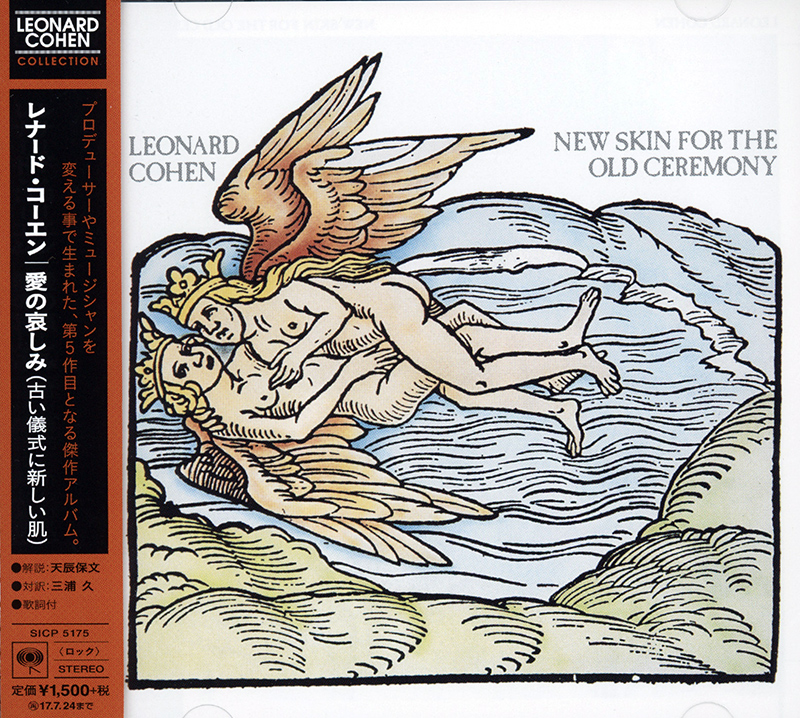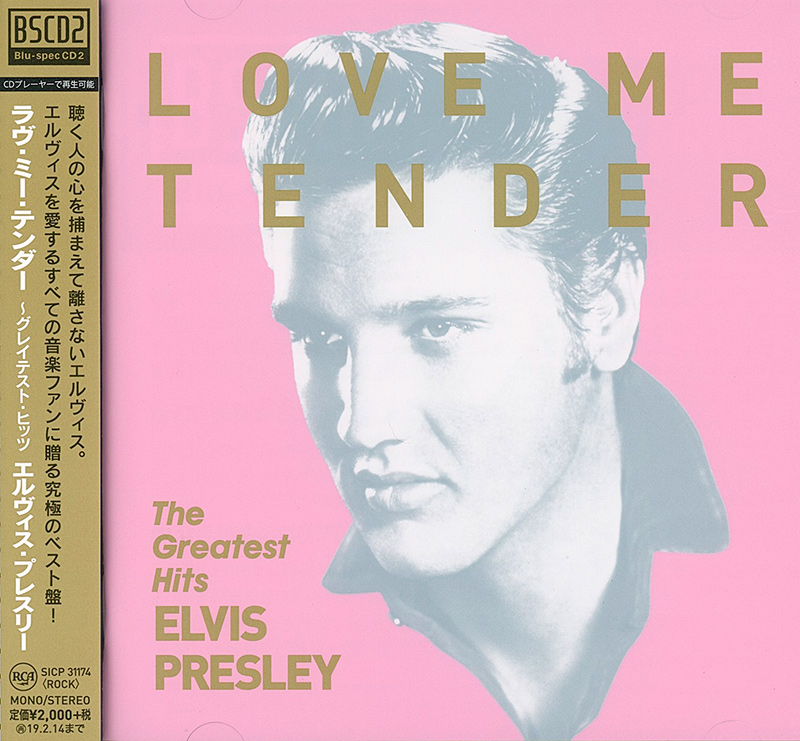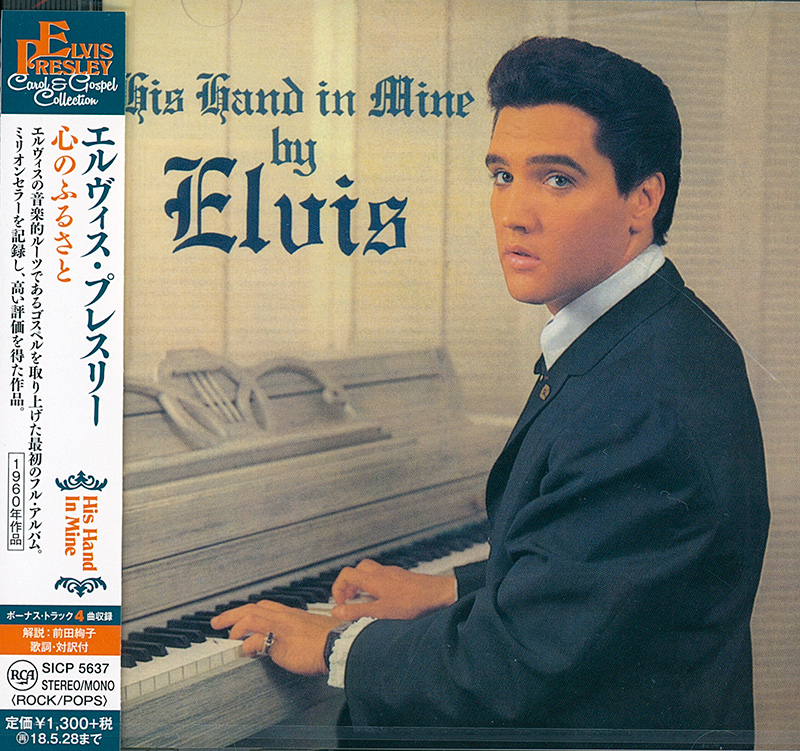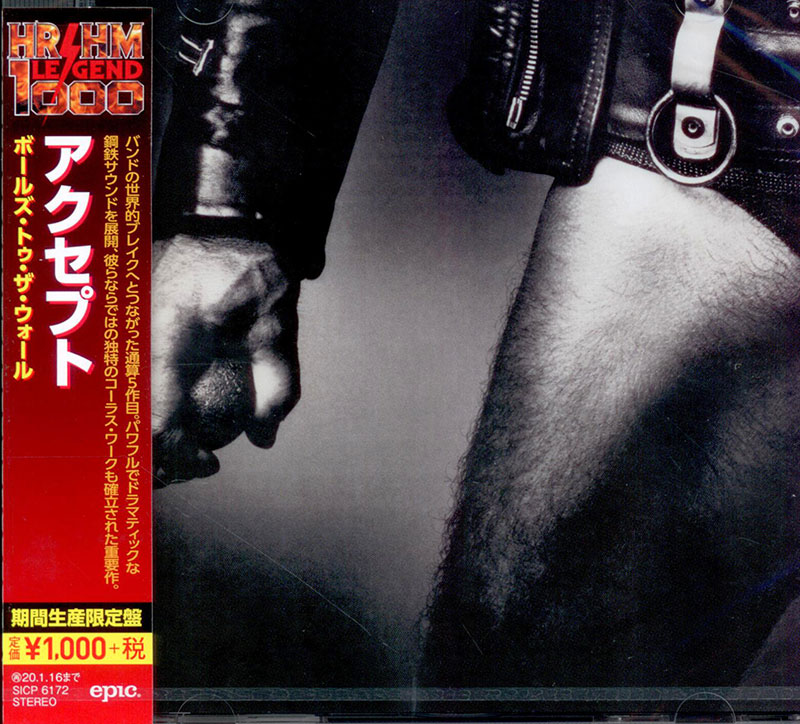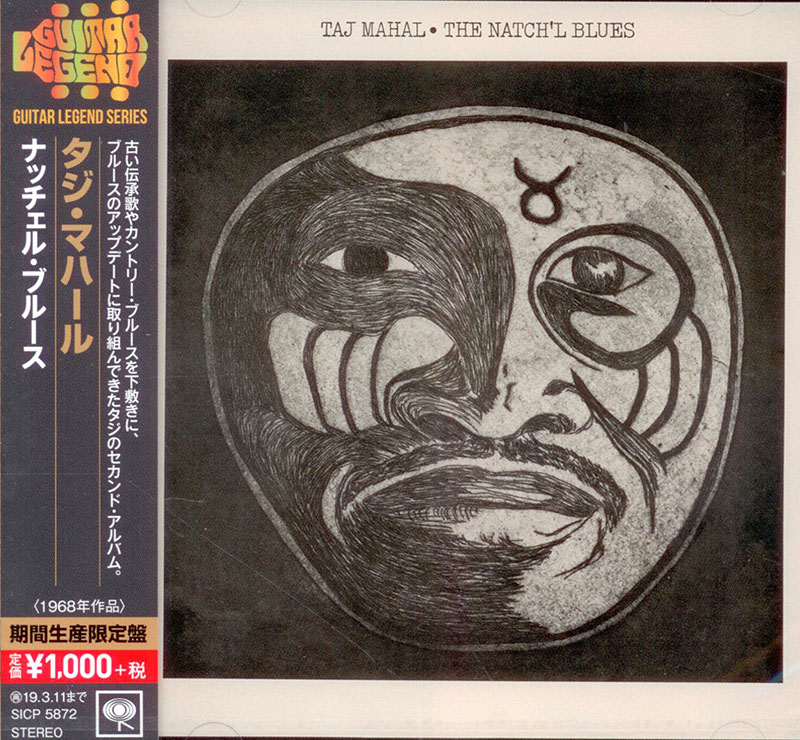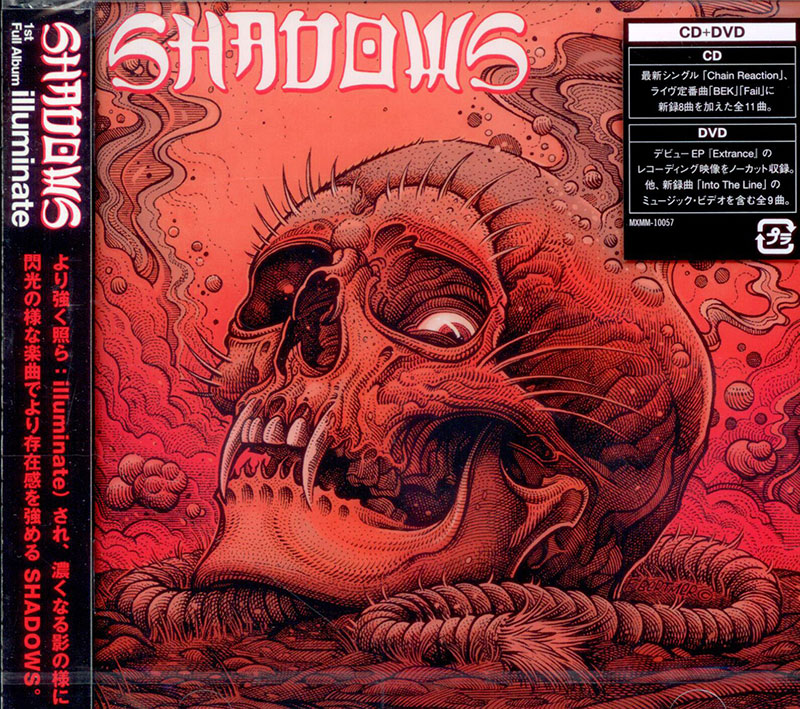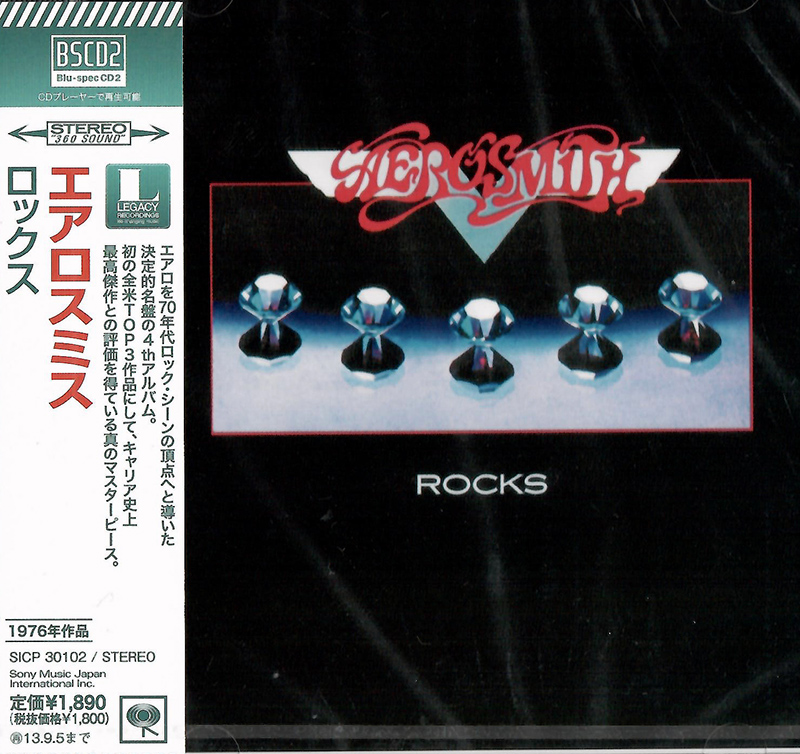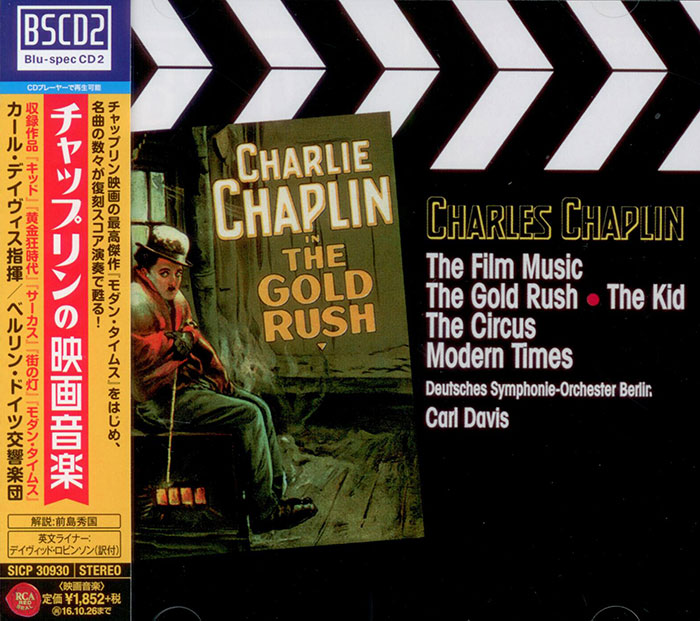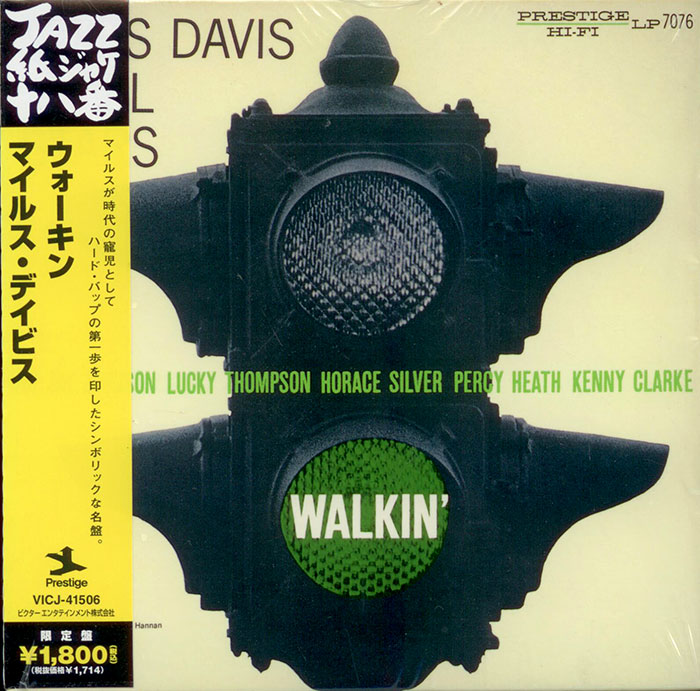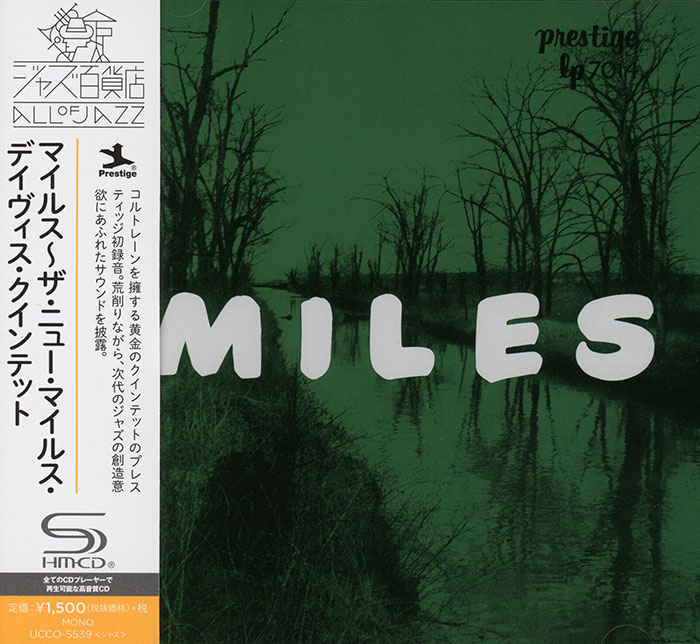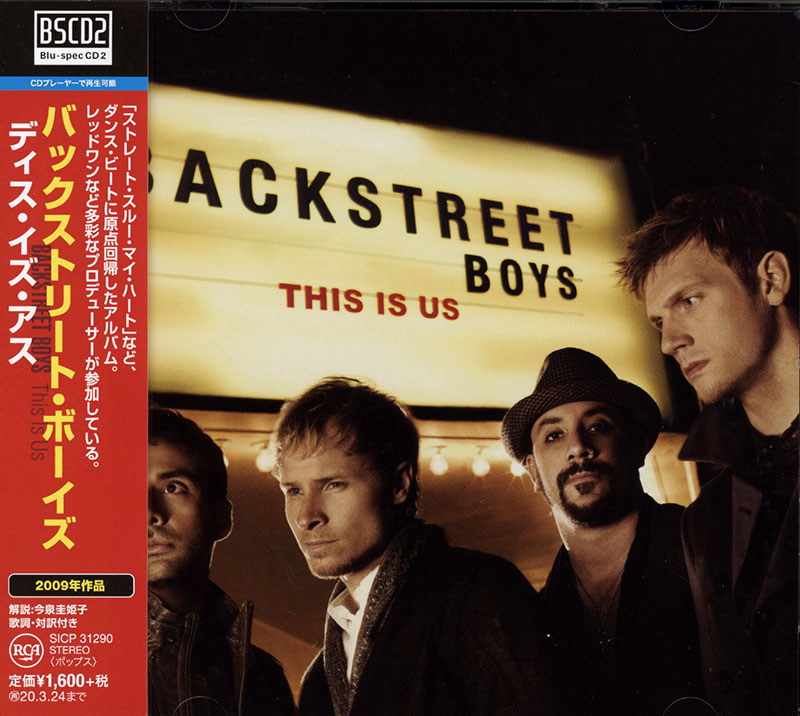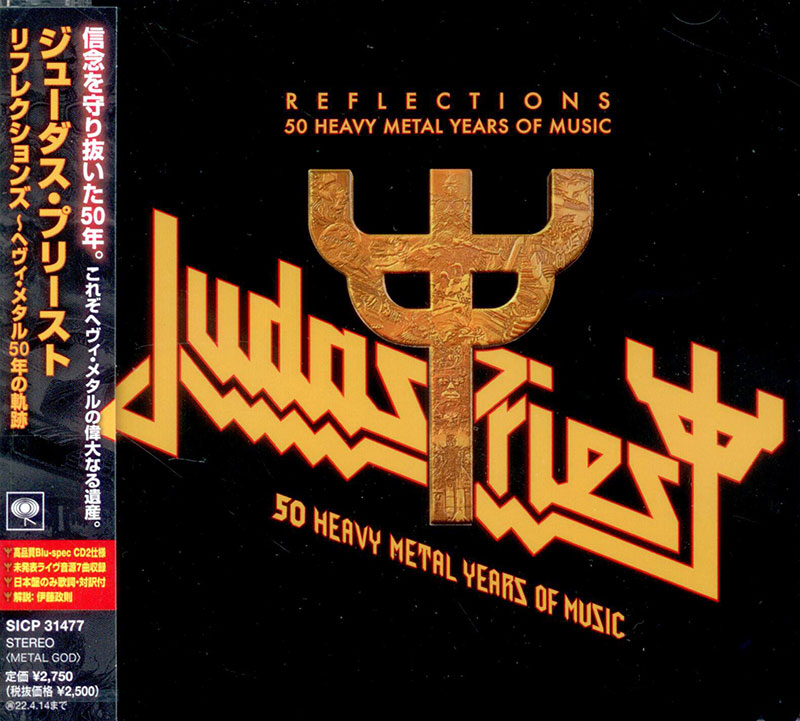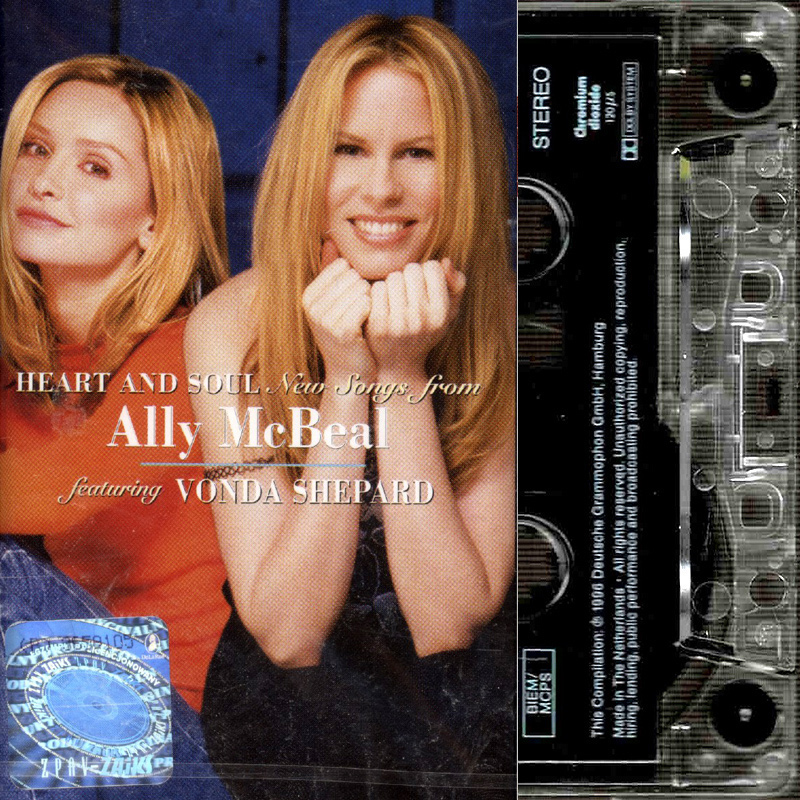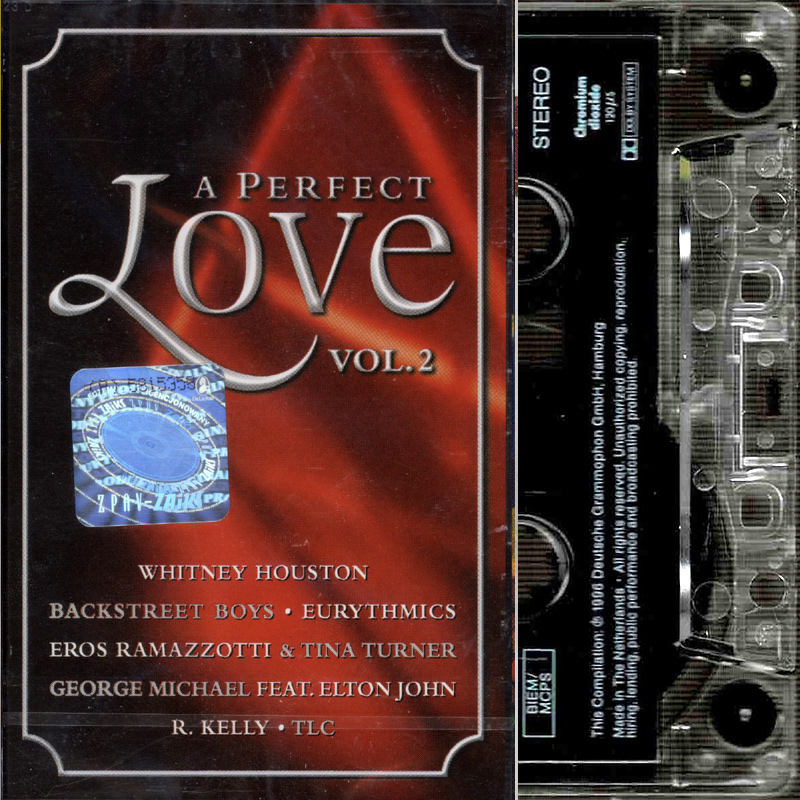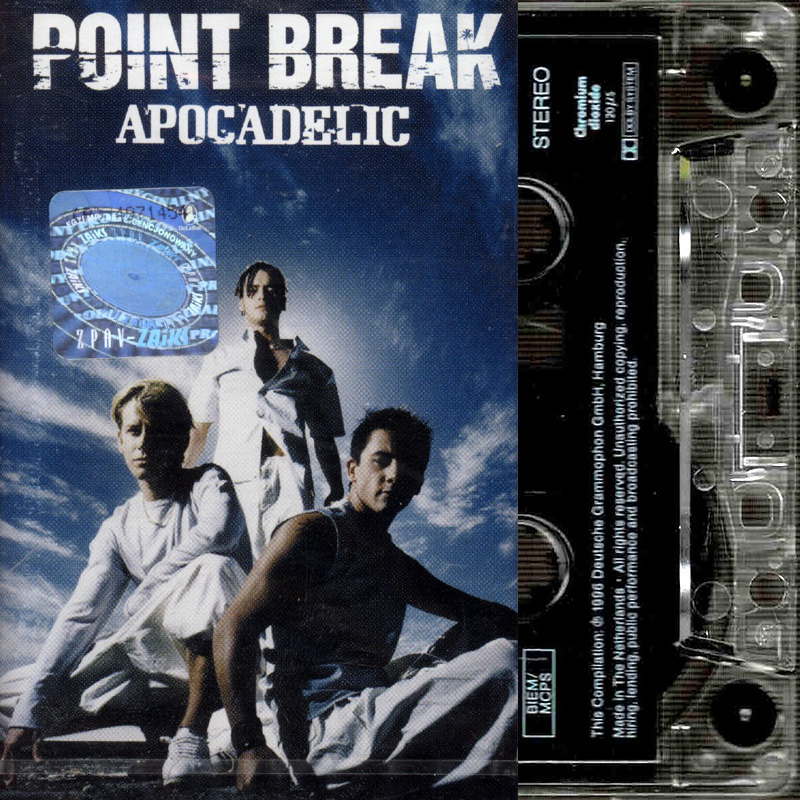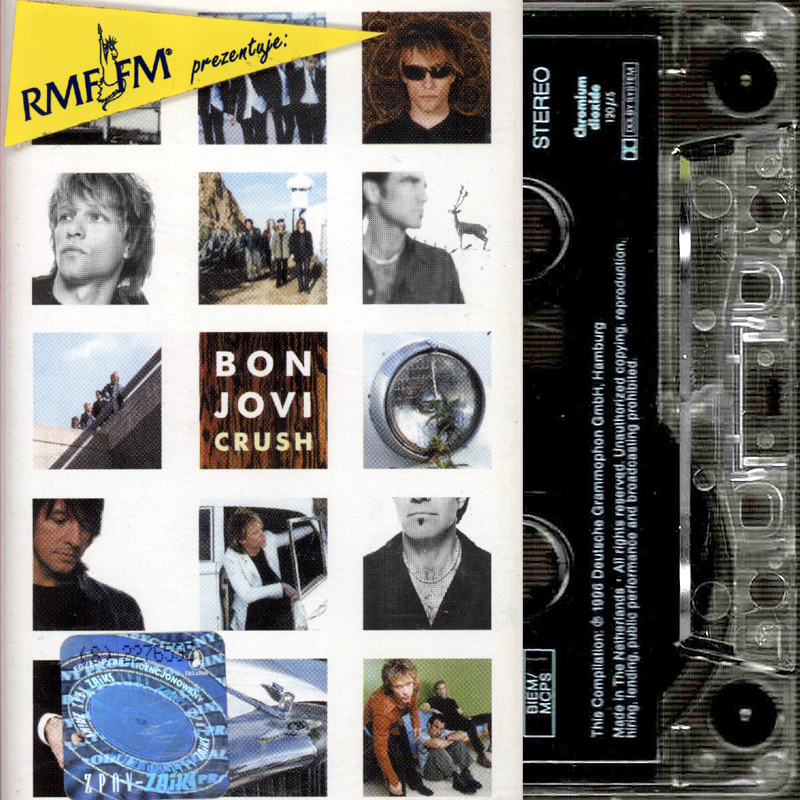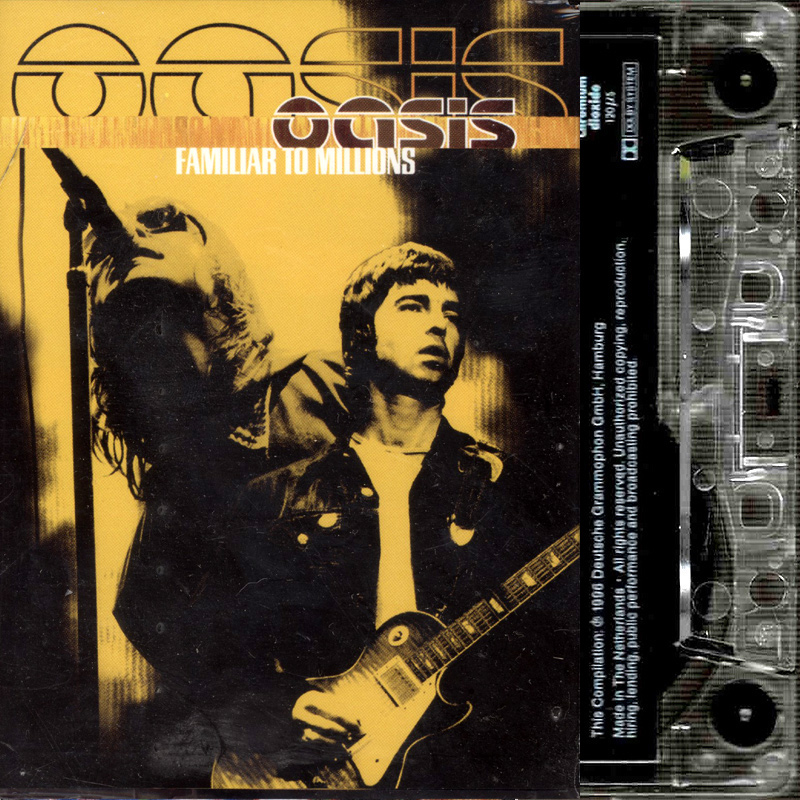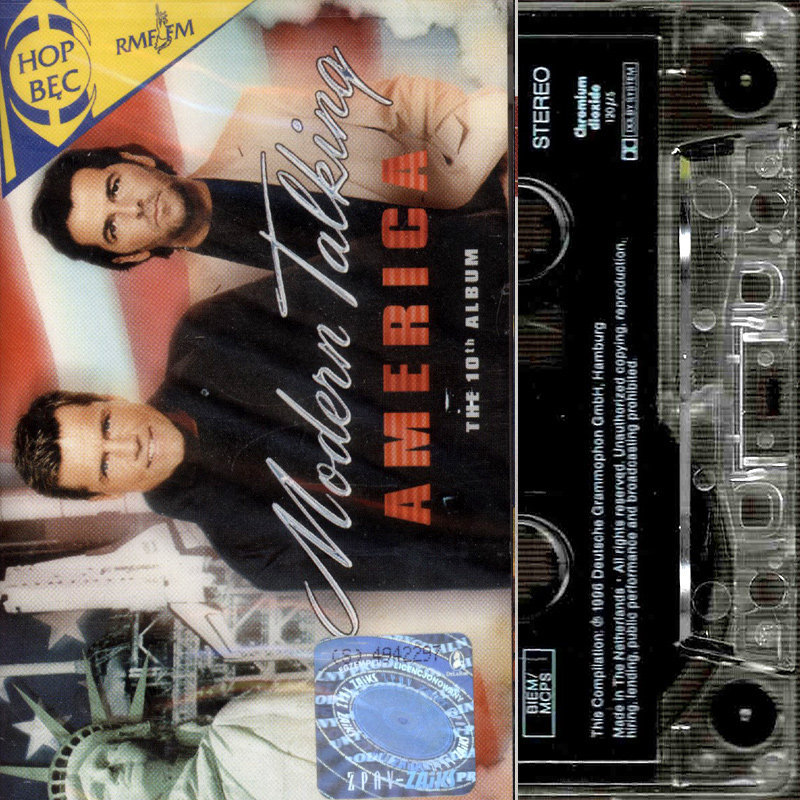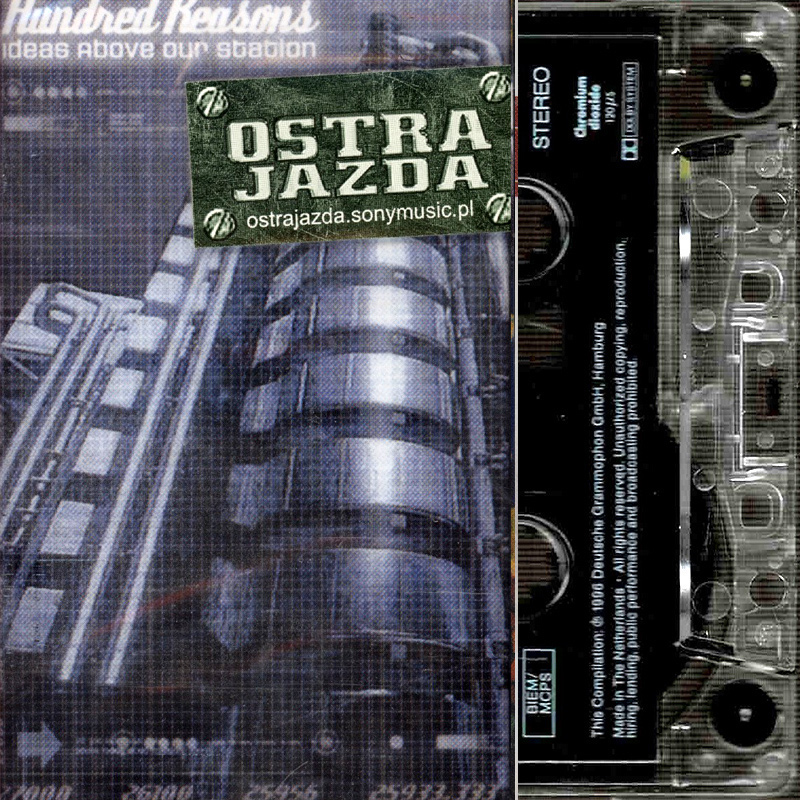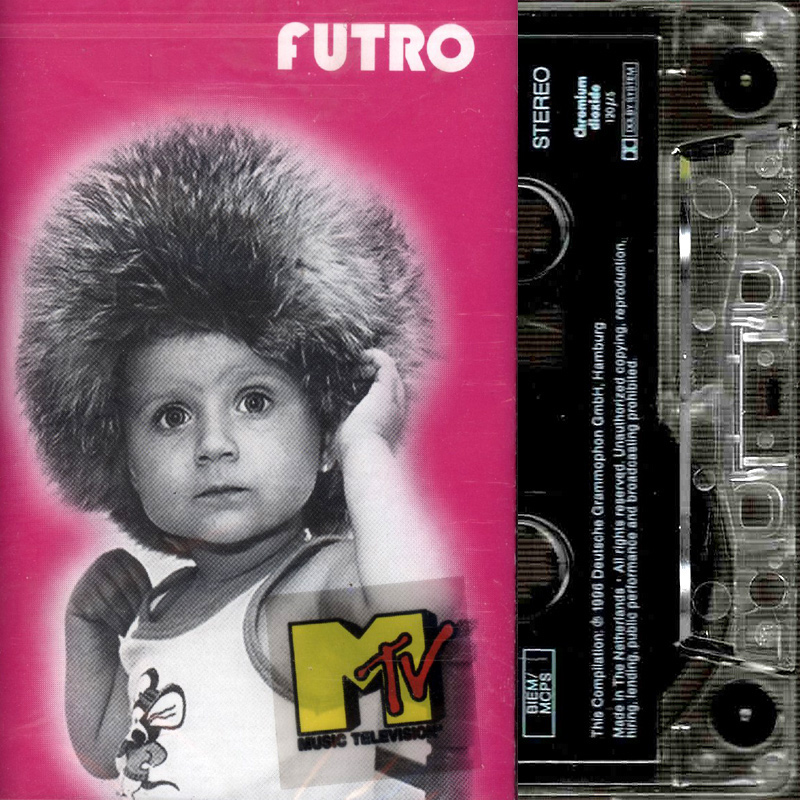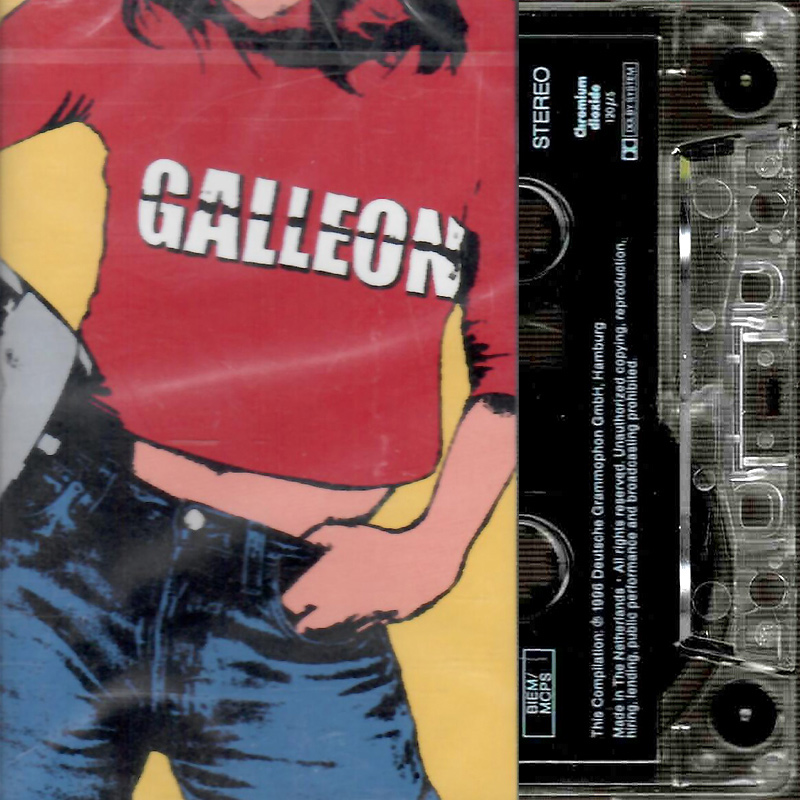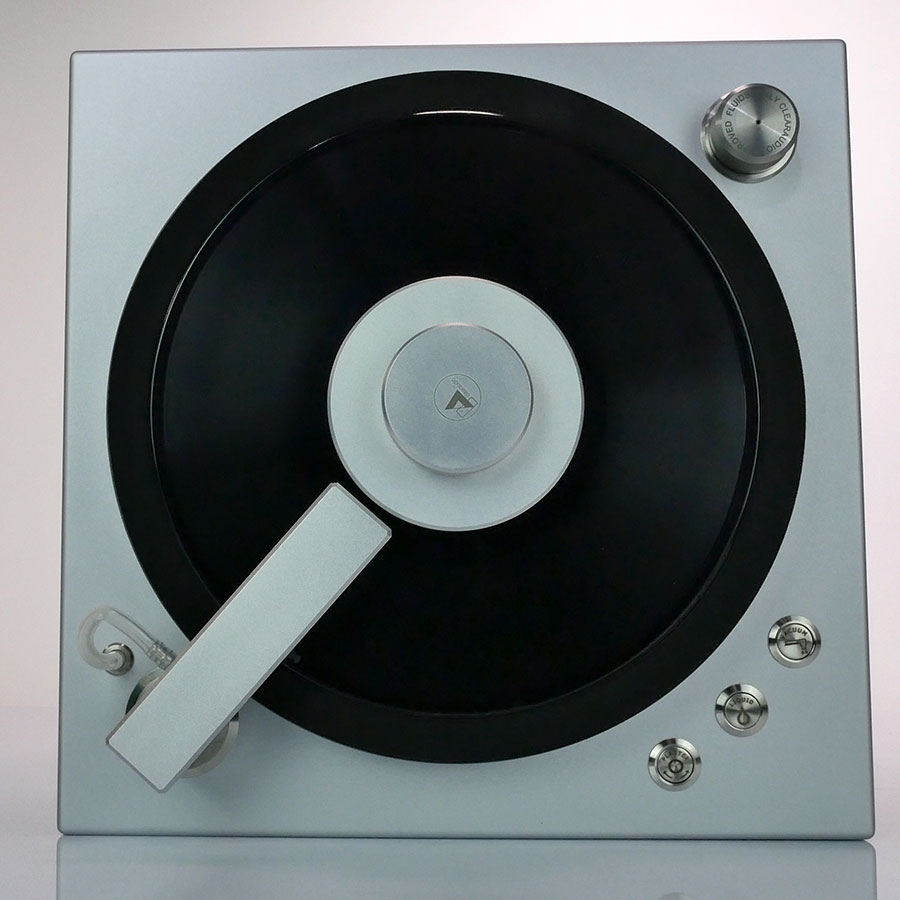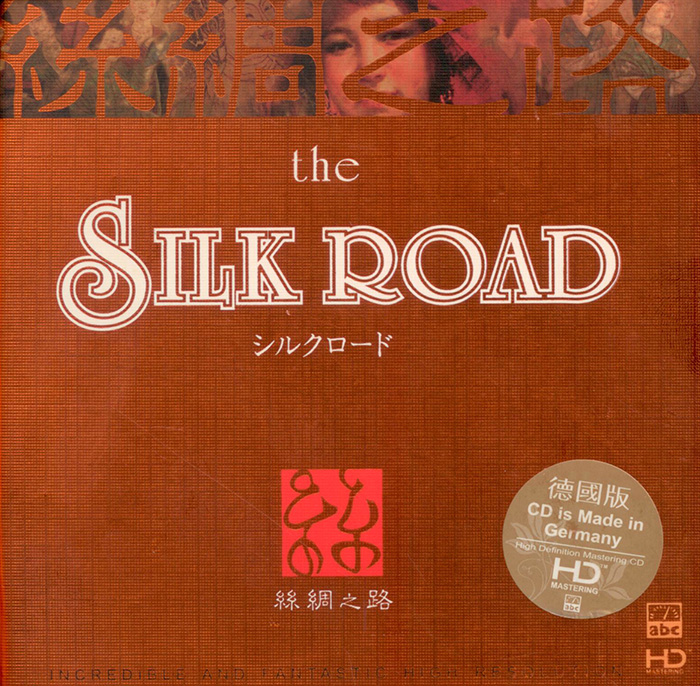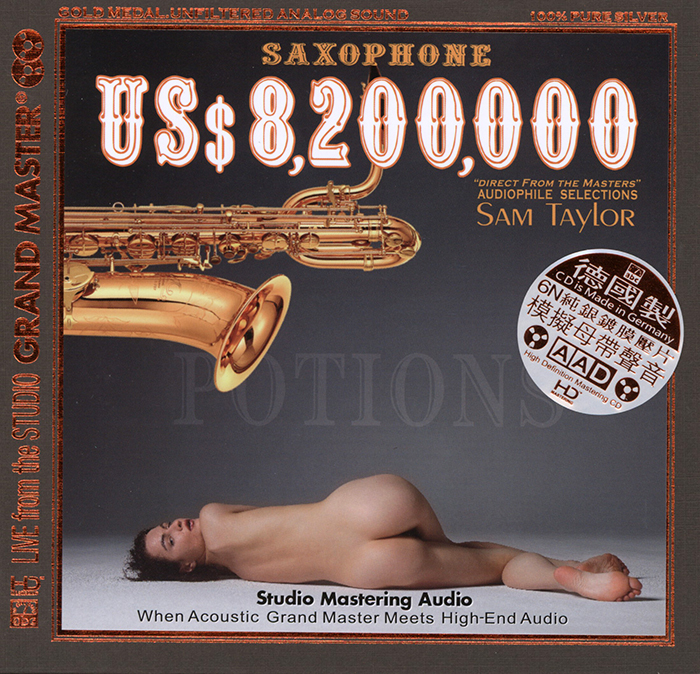Logowanie
Mikołaj - ten to ma gest!
Kasety magnetofonowe
Winylowy niezbędnik
STRAVINSKY, DE FALLA, Yoshio Kimura, Roger Whittaker, Chantal Chamberland, Valdimir Horowitz
Analog Stereo Sound - Best Sound Selection ?
ULTRA Analog CD - AAD is a Digital Copy Of The Master Tape - SILVER CD
Susan Wong
Best Selection - 16
High Resolution Audiophile Recording w masteringu EXTENDED HD i SACD Hybr
ClearAudio
Double Matrix Professional - Sonic
najbardziej inteligentna i skuteczna pralka do płyt winylowych wszelkiego typu - całkowicie automatyczna
SAMPLER HD-Mastering CD
The Silk Road
- SAMPLER HD-Mastering CD - sampler
AAD is a Digital Copy Of
The Master Tape
Muzycznie opowiedziana historia Jedwabnego Szlaku, gospodarczej osi Wschodu na wiele lat przed naszą erą.
The Silk Road originated in the 2nd century BC from a desire for military and political purpose instead of trade. In order to seek allies to fight against Xiongnu's repeated invasion, a court official named Zhang Qian was sent by Han Wudi to the Western Regions. However, on the way to the Western Regions, the Xiongnu captured Zhang and detained him for ten years. Escaping from Xiongnu's detention, Zhang Qian continued his journey to the Central Asia. While at that time, the local rulers were satisfied with their status and refused to ally with Han Empire. Although the mission failed in its original purpose, the information Zhang Qian conveyed to China about Central Asia, and vice versa, made people in each area desire goods produced in the other. Silk that was favored by Persians and Romans, inaugurated the trade along the Silk Road.
While when the Silk Road was first established, silk was not the chief commodity. Han dynasty made very little profit from it until the Romans were fanatic about silk that the large profits came in. The Roams love silk so much that they even exchanged silk for its weight in gold. During the Tang dynasty, thirty percent of the trade on the Silk Road was comprised of silk.
Prosperous as it was, the operation of the Silk Road always be influenced by the political developments. A stable state could ensure the smooth trade on this road, while the troublous one would hurt. When Zhang Qian opened this road, the Han dynasty and the empire of Parthia in Persia just achieved their golden ages, which give a favorite financial support to the smooth development of this route.
The fall of the Han dynasty in the early 3rd century once caused Silk Road trade to decline. However, the rise of the Tang dynasty in the 7th century revived this commerce and by the mid 8th century, the route reached its height.
The prosperity of this road should owe to many reasons. Based on the breakdown of earlier dynasties, the Tang dynasty especially thought well of the internal stability and economic development. Many favorable policies were carried out to stimulate and encourage the trade between the east and west, leading to the enlargement of the market and quick development of the trade on this road.
At the same time, with the spreading of various religions in the world range, more and more missionaries reached to the east in succession by this road. With the Silk Road acting as an information superhighway, the exchange of ideas grew to a larger scale than ever before. And as a result, the Tang dynasty fortunately experienced the best flourishing period of the Silk Road.
The fall of the Tang in the early 10th century gave a deathblow to the trade on the Silk Road. The trade on the road declined sharply till the 13th century, when the conquests of the Mongols ushered in an era of frequent and extended contacts between East and West. This increased contact created a demand for Asian goods in Europe, a demand that eventually inspired the search for a sea route to Asia.
The discovery of a sea route from Europe to Asia in the late 15th century dealt a damaging blow to the Silk Road trade again. With less cost, harassment and danger, many goods and materials that the Silk Road could not transfer were conveyed through the sea route. Besides, the Persians had mastered the art of sericulture and the import of the silk from the East was reduced.
Since then, the prosperous Silk Road was on its downhill. The bustling streets, wealthy cities and solid ramparts now were submerged in the vast desert, and today, people can only trace their splendid history in the endless ruined and dilapidated remains.
******
 Zapraszamy
Zapraszamy
fachowcy od dźwięku doskonałego. Co kilka miesięcy burzą nasze wyobrażenia o granicy możliwości technicznych w rejestrowaniu bezstratnym muzyki i dźwięków naszej rzeczywistości.
Dziś taką nowością doskonałą, jest technologia opracowana w firmie ABC Int?l Records. Podstawą są nośniki wyprodukowane z wykorzystaniem materiałów ciekłokrystalicznych. To w odniesieniu do krążków CD. Ale podstawą jest, była i będzie ? taśma magnetyczna, najlepszy ze znanych nośników zapisu analogowego. Tylko taśma pozwala na niemal doskonałe odwzorowanie zapisanych dźwięków z wiernością porównywalną z walorami tonów źródłowych.
Nie super cyfrowa produkcja, nie doskonale tłoczony winyl ? tylko taśma!
W ABC Int?l Records magnetofon STUDER A80 odczytuje zapis z taśmy. Powstaje kopia AAD. Cyfrowa kopia źródła analogowego. Ten trafia do HHB CDR-830 ? profesjonalnego duplikatora płyt CD-R - AAD Digital CD. Innymi słowy ? otrzymujemy dysk, z którego zazwyczaj robi się matrycę do tłoczenia milionów kopii konsumenckich CD. Tych, które obarczone są wszystkimi błędami kolejnych etapów produkcji tejże płyty. Zamiast źródlanej ? woda przegotowana, w najlepszym przypadku!
Płyty AAD Digital CD 1:1 są więc cyfrowymi kopiami taśmy-matki. Wolnymi od jakichkolwiek procesów edycyjnych, poprawczych czy uszlachetniających. Dostajemy do ręki to, co artysta wykonał w studiu lub na koncercie, technik zapisał na taśmie, a obaj, po odsłuchu materiału w wozie transmisyjnym czy studiu nagraniowym orzekli: tak, to nasza muzyka, nasza realizacja, dokładnie tak graliśmy, jak nasz kolega utrwalił na taśmie.
Wreszcie CD High Damping Coating. Technologia w ogólnym ujęciu znana od ćwierćwiecza, nieustanie doskonalona, wykorzystująca materiały o idealnej przejrzystości, a więc ciekłokrystaliczne. W płytach oferowanych przez ABC ? zastosowano dodatkowo powłokę tłumiącą wszelkie fizyczne i elektroniczne, niepotrzebne artefakty. Po prostu ? otrzymujemy ? kopię taśmy-matki na płycie CD o rewelacyjnych walorach dźwiękowych w porównaniu z krążkami bazującymi na tworzywie poliwęglanowym.
****
I znów zatoczyliśmy kolejny krąg.
Co było odrzucone i sponiewierane (winyl, teraz taśma) - wraca w glorii i chwale.
I tylko ironia losu polega na tym, że ofiary naszej głupoty napędzanej cywilizacyjną próżnością, jak biblijny Józef, miast skarcić braci za sprzedanie go, nagradza nas znów pięknym dźwiękiem, wiernością przekazu, naturalnością brzmienia.
